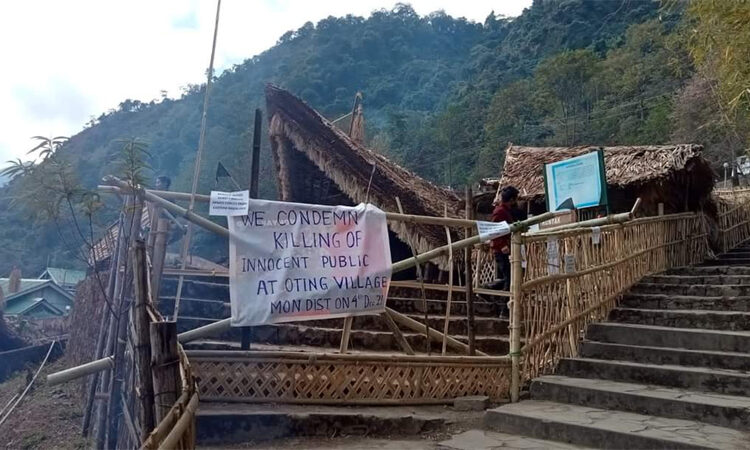The killings of civilians in Nagaland have cast a shadow over the Hornbill Festival, and here’s why

Image credit: Nagaland Page
The 10-day yearly event, often known as the festival of festivals, brings all 17 tribes of the state together on a single platform and promotes the promotion of their culture to the rest of the globe.
Eight of Nagaland’s 17 tribes have declared their departure from the annual Hornbill Festival, which is now taking place in Kisama village, in protest of security forces killing civilians in Mon district on Saturday. The Eastern Nagaland People’s Organization has requested that the six tribes it represents refrain from the celebration with immediate effect, as well as display black flags at the venue. Lotha Hoho and Sumi Hoho, in the meantime, have condemned the killings and have decided to boycott the celebration till further notice.
The 22nd edition of the annual event kicked off on December 1 with a bang. Over 12,000 individuals walked through the doors on the first day. In actuality, due to pandemic-related limitations, the Hornbill Festival is taking place after a one-year break.
At the festival’s opening ceremony this year, Nagaland Governor Jagdish Mukhi remarked that the much-awaited peace accord with Naga rebel factions is not far away. Everyone should make up their minds to create a welcome environment for Nagaland’s new dawn of peace and growth. However, following Saturday’s incident, the situation appears to have deteriorated, casting doubt not only on the festival but also on the peace accord.
The festival, which is named after the Indian hornbill, a huge and colourful woodland bird that is depicted in the folklore of most of the state’s tribes, initially took place in 2000. The Hornbill Festival has made a substantial contribution to the state’s tourism brand over the years.
While domestic tourists must get advance permission from the local government, overseas visitors must register at the residential district’s Foreigners Registration Office within 24 hours of their arrival. Since its inception in 2000, the festival has grown from a celebration of the Naga tribes’ cultural richness to a big cultural spectacle that draws people from all across the region, contributing significantly to the state’s economy.
